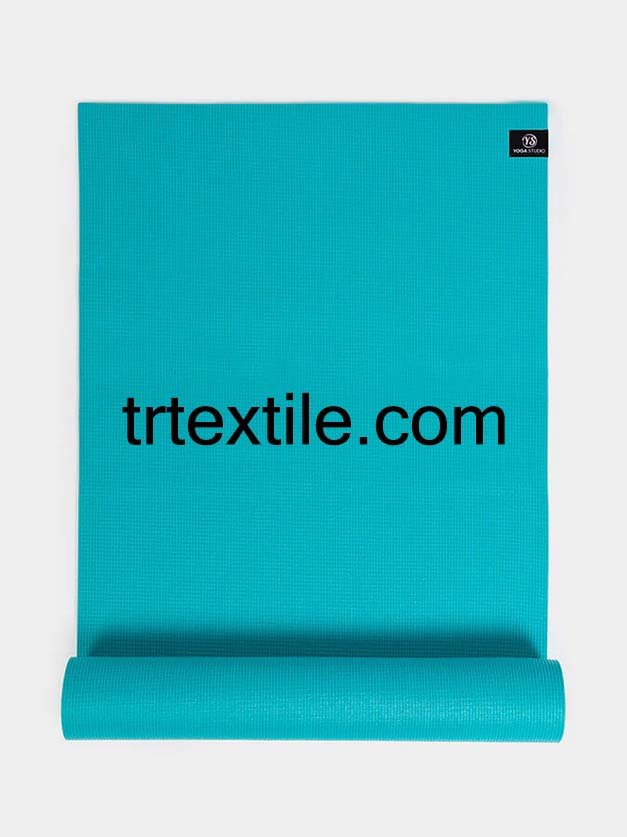Yoga mats are an essential tool for practitioners of yoga, providing a comfortable and non-slip surface for their practice. The production of yoga mats involves several steps, from sourcing materials to manufacturing and distribution. In this article, we will explore the production model of a yoga mat company, focusing on the steps involved in creating a high-quality product.
Step 1: Sourcing Materials
The first step in the production of a yoga mat is sourcing the materials needed to make it. The most common material used for yoga mats is PVC, a type of plastic that is durable, lightweight, and easy to clean. However, there are also eco-friendly alternatives available, such as natural rubber, jute, and cork.
The yoga mat company must carefully select suppliers that provide high-quality materials that meet their standards for performance and sustainability. They may also choose to work with suppliers who have certifications for environmental and social responsibility, such as the Global Organic Textile Standard (GOTS) or the Forest Stewardship Council (FSC).
Step 2: Design and Development
Once the materials have been sourced, the next step is to design the yoga mat. This involves creating a prototype that meets the company’s specifications for size, thickness, texture, and color. The design team may also work with yoga instructors and practitioners to gather feedback on the prototype and make any necessary adjustments.
The company may choose to work with a manufacturer that specializes in yoga mat production, or they may have their own in-house production facilities. In either case, the design team will work closely with the manufacturer to ensure that the final product meets their quality standards.
Step 3: Manufacturing
With the design finalized, the manufacturing process can begin. The production of a yoga mat typically involves several steps, including:
– Cutting: The raw materials are cut to the desired size and shape using specialized equipment, such as die-cutting machines or laser cutters.
– Printing: If the yoga mat includes a printed design, it is applied using a screen printing or digital printing process.
– Bonding: The layers of the yoga mat are bonded together using heat or adhesives to create a durable and long-lasting product.
– Finishing: The yoga mat is trimmed to remove any excess material and inspected for quality control before packaging.
Step 4: Quality Control
Quality control is an essential part of the production process to ensure that each yoga mat meets the company’s standards for performance, durability, and safety. This may involve testing the mat for slip resistance, durability, and environmental impact, as well as inspecting it for any defects or imperfections.
The company may also conduct regular audits of their manufacturing facilities to ensure that they comply with ethical and environmental standards, such as fair labor practices and waste management.
Step 5: Distribution
Once the yoga mats have passed quality control, they are ready for distribution. The company may choose to sell their products through their own website, retail stores, or online marketplaces such as Amazon or Etsy. They may also partner with yoga studios, fitness centers, and other retailers to reach a wider audience.
In conclusion, the production of yoga mats involves a series of steps from sourcing materials to distribution. By following a comprehensive production model that prioritizes quality, sustainability, and ethical practices, a yoga mat company can create a high-quality product that meets the needs of yoga practitioners around the world.




